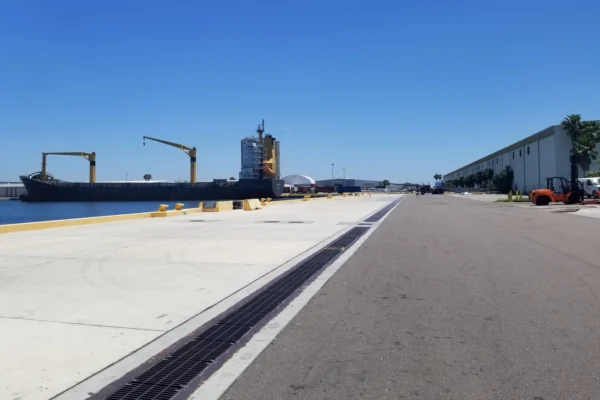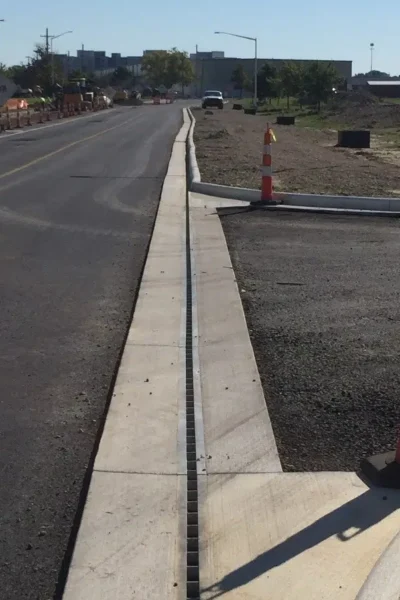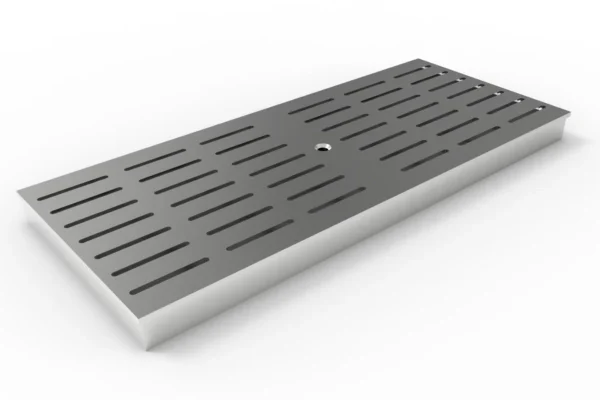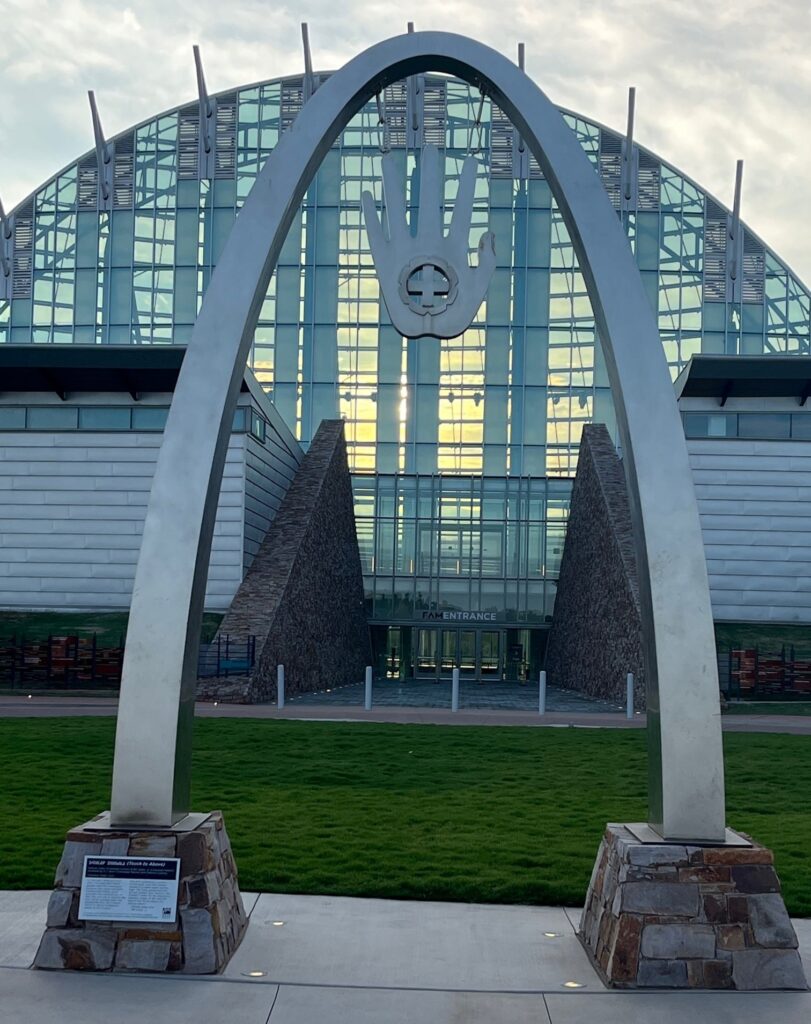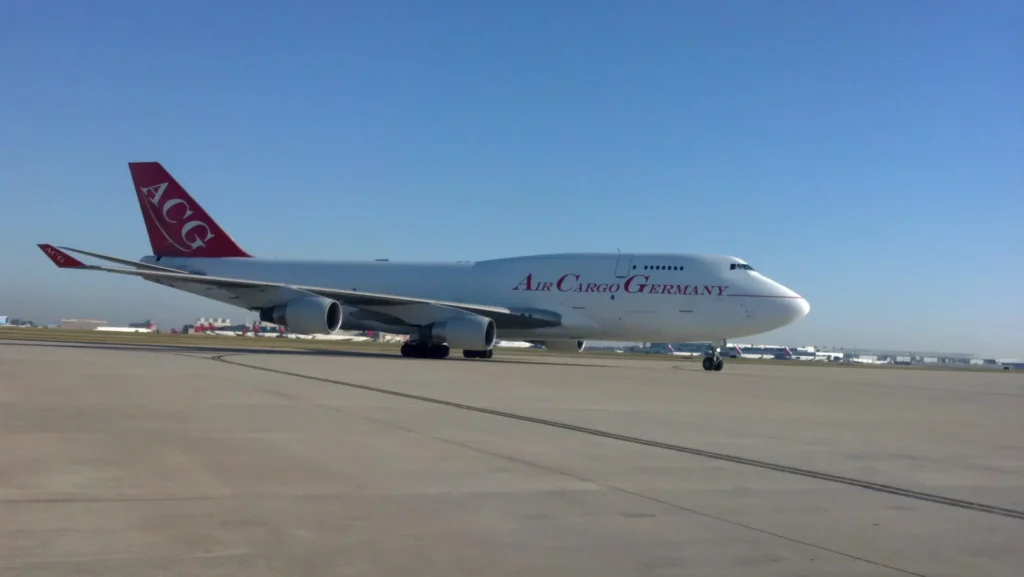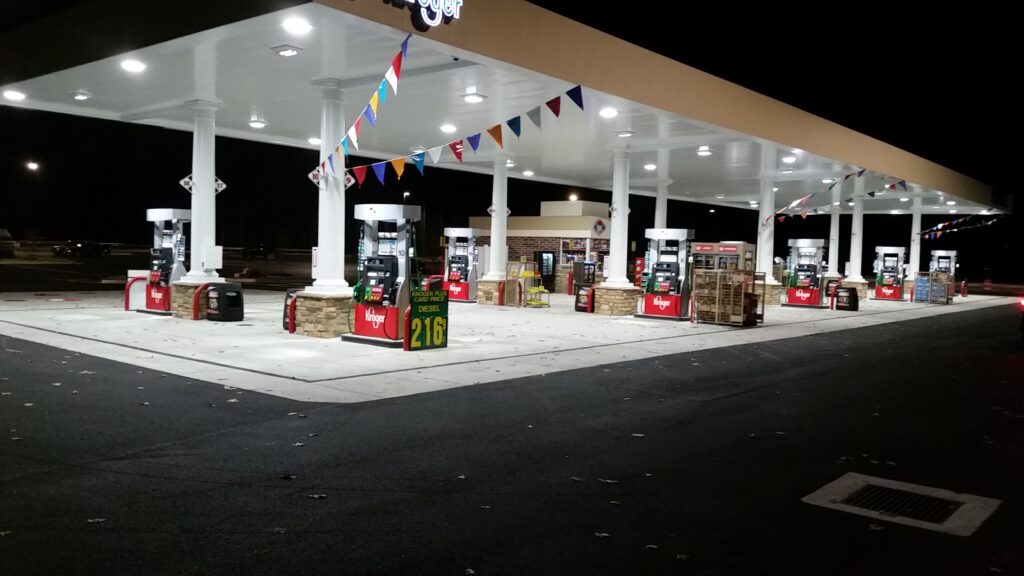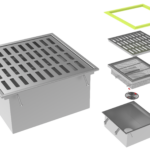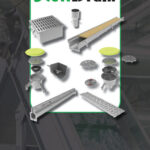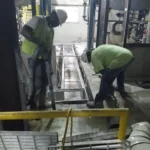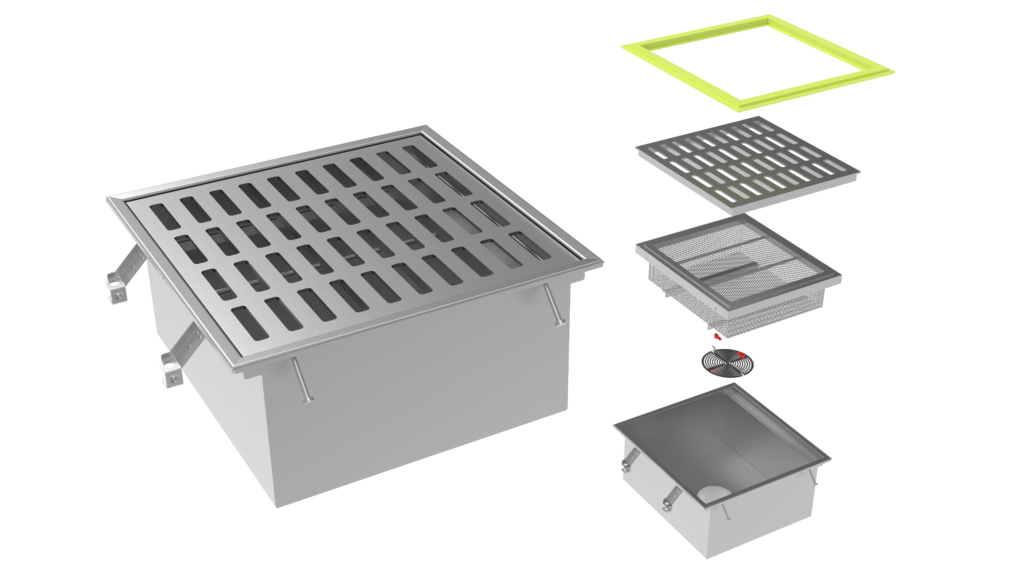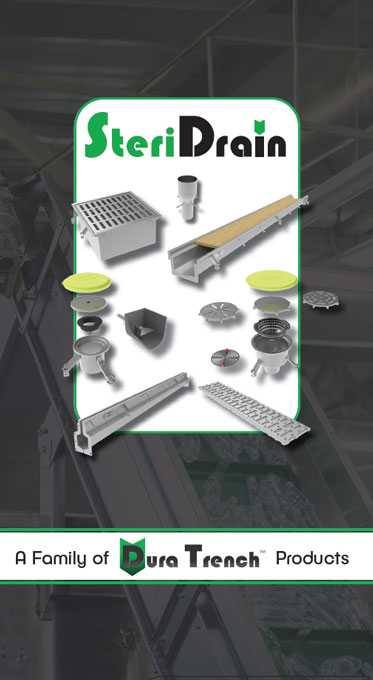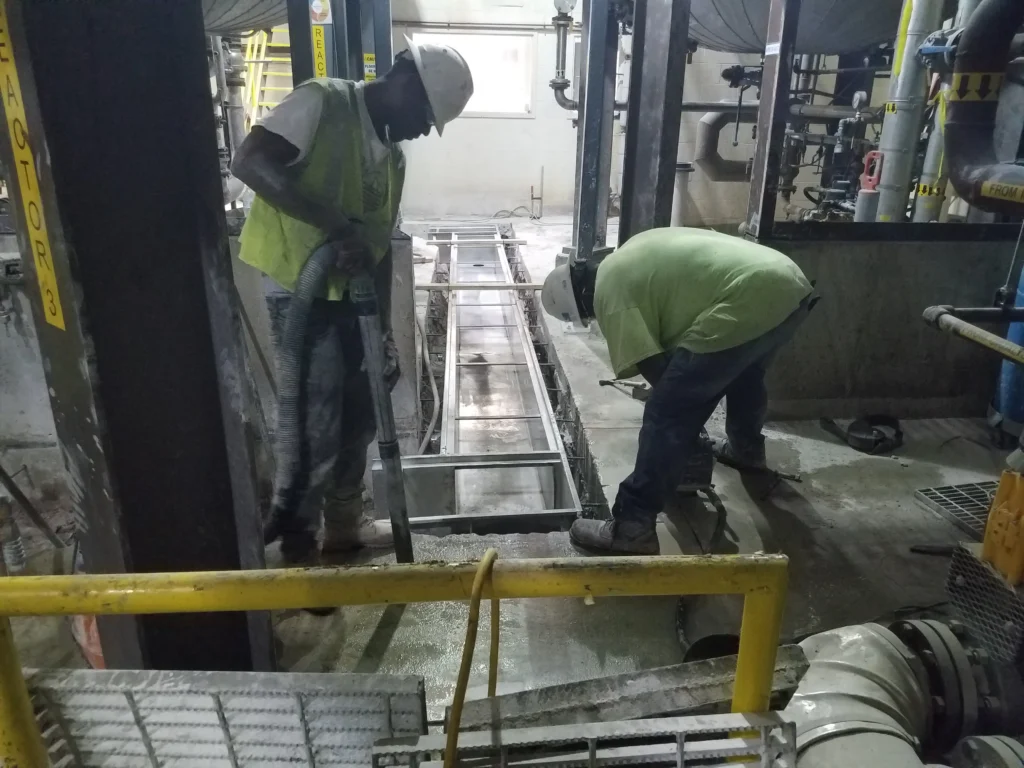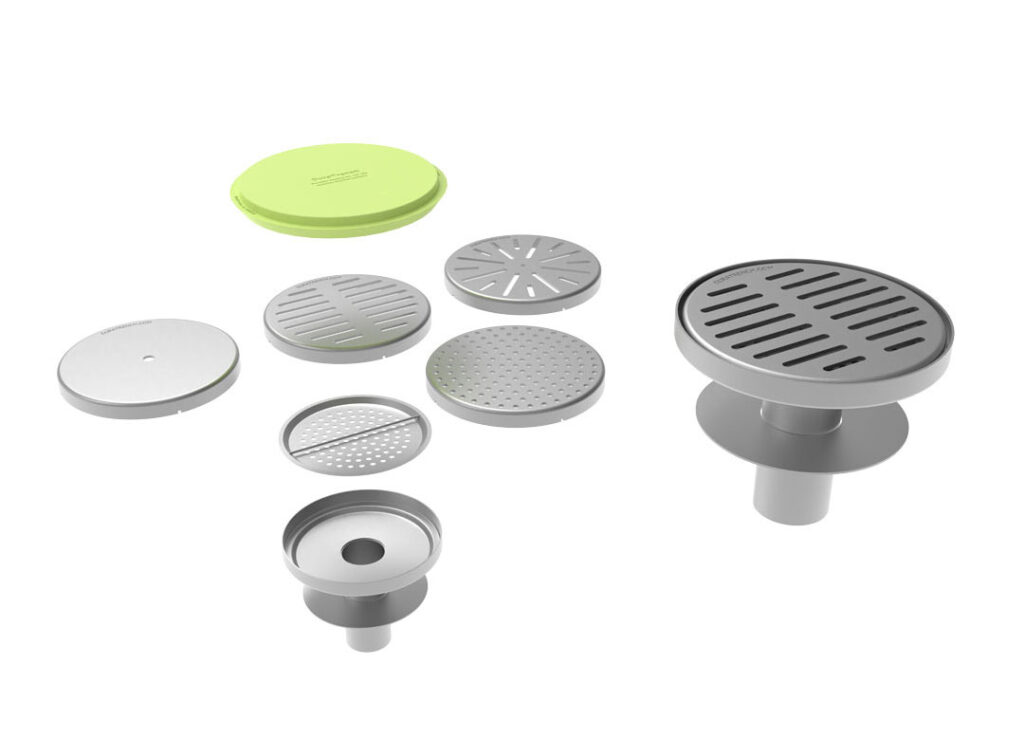Trench drains are one of the best solutions for handling water runoff that can be applied in both residential and commercial settings. These kinds of trench drains are used in all kinds of locations like parking lots, commercial buildings, airports, bus terminals, and even in homes for runoff from decks or around fountains and pools. While this is a very simple kind of drain system to install, there are always regulations and rules that govern the use of these solutions, as well as some best practices to keep in mind when installing these drains.
If you have a commercial space or a public location where you are trying to create a drainage system, you will need to know some more about the rules and the guidelines that dictate the use of trench drains in these spaces. Working with a skilled installation team is always a good idea to prevent mistakes and issues with your drain installation, but you should also be aware of the various regulations surrounding this kind of project. The more that you know about the work that is being done at your location, the less likely it is that a mistake will be made during the installation process.
If you are ready to learn some more about the things that you should know about trench drains in public infrastructure, you need to keep reading!
What is a Trench Drain?
This is the most basic information that you need to be aware of and it is worth defining what this kind of drain actually is. A trench drain is a linear drain and it is used to collect and convey water from a starting point to a catch basin or some kind of drainage outlet. These drains can consist of the drain line itself, the channeling materials, end outlets, end caps, grates, catch basins, and drain covers. In most cases, you will need to cover your trench drain for safety because it is usually required when these drains are utilized for infrastructure.
The size of the trench drain is determined in part by the maximum volume of water that needs to be managed through the use of the drain and it can also be determined by the slope and angle of the drain that is possible in any given location. Trench drains can be made of fiber-reinforced concrete, polymer concrete, stainless steel, or HDPE.
Grates for these kinds of drains can vary widely depending on the use of the area where the drain is being installed and the volume of water that must be handled at any given time. The smaller the slots or holes in the grate or drain cover, the safer that the drain is for passing traffic and people to walk over it. This can also be a good solution for areas where road or tree debris might clog a drain. When the demands of the runoff in the area dictate it, and foot or wheeled traffic is not an issue, a wider slotted-style grate can be used. This might lead to more frequent cleaning services for the drain but it can be the right solution if runoff volume is quite high.
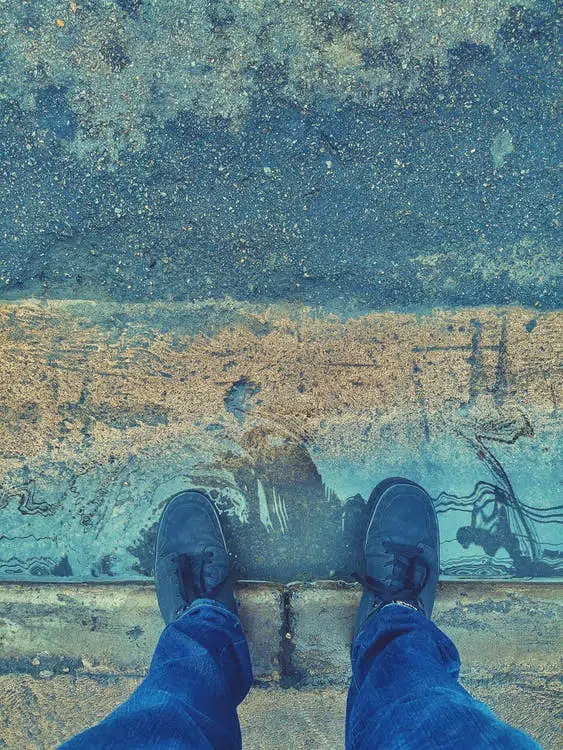
Trench Drain Installation For Public Infrastructure
Trench drains require that excavation be done to match the necessary slope and depth of the trench. The trench cannot stick out above a road surface and it cannot be totally flat or it will not work. Pre-sloped trench drains are a common solution in this kind of application since the trenching and excavation process is so predictable.
As a general rule of thumb, you will need 1/8” channel recess for pedestrian traffic and ¼” for vehicle traffic areas. Each state might have different requirements, and it is worth it to look up all the various specifications that are required for the installation process of each size trench drain in your county or state area.
For federal highway use, a trench drain that is 1.5 meters (5ft) or more in depth, the slope will have to be 1.5:1. There are also various requirements that must be met for unstable soils such as selecting granular materials like gravel to protect and embed the trench drain pipe for stability. For excavations that are done in rock, the limit is 0.3 meters for steel pipe. There are also regulations covering all the various open trench designs and the use of buried items like cable or conduit in these trenches.
At the most basic level, the process to install any trench drain is quite simple. The specifics to meet cold might vary per state, city, or county regulations or be governed by Federal requirements. All of these details need to be looked into before any products are ordered and before any work is done on the project. You will save yourself lots of money and time by making sure that you know what the requirements of your area will be so that you can keep your job up to code.
1. Dig the Trench For Public Infrastructure
This step must be done to match the pre-fabricated slope of the drain and also with consideration of the necessary slope to deal with the volume of runoff that is expected to occur. While there will probably be many times that the runoff in an area is nowhere near maximum volume, the ability of the drain to handle the max volume of water runoff is critical. A drain is only as good as the performance it provides during peak volume times, and you need to build your entire project around this part of the data for the location. The information that is needed to calculate this can be gathered from historical rainfall information as well as information about the volume of water that is flowing over the area historically without being managed by a drainage solution.
The trench will need to allow for at least a 2-inch bed of sand under the channel itself. Due to regulations and other requirements related to the soil in specific areas, the requirements for this part of the trench might be increased. You will usually need at least enough width inside the trench to allow for 4 inches of concrete backfill. This might not apply in all trench installations, however. You will need to check on the width requirements per code and the specification of the trench design that you have selected for the job at hand.
2. Preparation of the Trench For Public Infrastructure
Once the trench has been dug, the material that is placed in the trench like sand will need to be packed down to provide a smooth and level base for the trench line. The measurements for the outlets at the end of the trenches will also need to be carefully calculated and the slope will need to be correct here as well. If the slope going into the outlet is wrong, the trench line itself might not fit properly into the trench and the water removal process might not be as effective due to a change in the angle of the trench.
The preparation process is just as important as the digging process and if this is not completed with care and attention to detail, the trench might not work properly.
3. Placing the Drains at Public Places
The drain will be placed with a string as a guide in most cases. This helps to check that the trench is on the right level within the drain and that the slope has been maintained during the trench preparation process. All of the connections that need to be completed must be tested before the drain placement is finalized. Having a trench that is not properly connected to a drainage outlet is of no use and will lead to backed-up water and other issues.
The drain will then be secured according to the specifications of the drain style and design. In many cases, this will be with rebar and wire ties, but there are other methods as well. Some manufacturers make specific connectors for this part of the job that is the ideal solution for this step of the installation process. Make sure that there are no requirements for your county, the state, or the government that you need to follow as you secure the drain.
4. Backfill With Concrete at Public Places
The trench is now backfilled with concrete and leveled. There are many different state and government requirements for this process and there might be requirements that are dictated by the kind of space that you are adding a trench to. The trench outlets will need to be protected from concrete getting into them, but the process is quite simple at this stage. You will just have to wait for the concrete to set up and then the drain is installed and ready to go!
Trench Drain Maintenance For Public Infrastructure
If you have a trench drain system installed or are going to add one, you will need to know how to care for this drainage solution. These are simple drains to care for, and you will not have to do a lot of maintenance on this system to keep it working perfectly. The design of your drain might have an impact on how the cleaning process is done, but overall trench drains can be super simple to care for.
Most drain systems only need an annual cleaning to be kept in tip-top shape. Drainage systems that are exposed to tree debris and other items that might clog them more readily could need serviced more often than this. Drains that are clogged will need to be cleaned out promptly so that flooding and undermining of surrounding landscaping or other surfaces do not occur. Drains that have been clogged for a very long time can actually fail, so it is wise to make sure to attend to these issues as soon as you notice them.
Catch basins and other associated outlets for your trench drain will also need maintenance for the system to function correctly as a whole. Grates and lids will need to be removed from these portions of the drainage system and the drain will have to be cleaned out as needed. Heavy debris can collect at the bottom of these portions of your trench drain system and this can lead to flooding and other kinds of issues that can be avoided with regular care.
Trench drains themselves can be readily cleaned out in most cases by simply removing the grates and taking out any debris or material that has collected in the drain. You might need to rinse out screens or other kinds of drainage solution additions that have been included in your drain system when you take care of debris. Make sure that you have the right tools for the cleaning process since this can make a big difference in your cleaning efforts.
There are various cleaning tools that can be picked up for this need from brushes to paddles. Having these tools on hand is really important for this process, especially in the case of a really deep trench that you cannot easily clean by hand. These tools will speed up the cleaning process as well, which can be very helpful when working on a drain that is installed in a roadway or high traffic location. It can be hard to keep up on cleaning in these kinds of areas without the right tools on hand.
How to Avoid Trench Drain Failures For Public Infrastructure
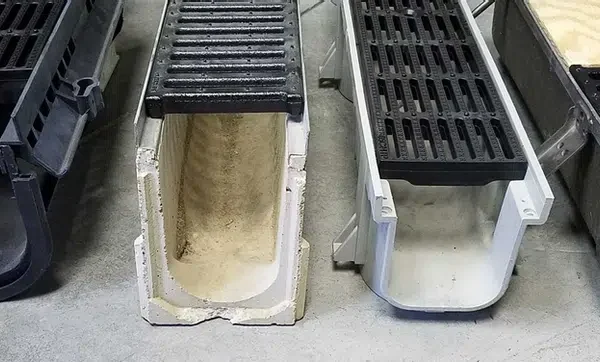
Trench drains can fail but this is not a common issue if you have installed the trench drain correctly. There are various reasons that this might occur and most of them can be combated by planning the project correctly and attending to the installation process with a high degree of care. Just meeting the minimum requirements for your local area or federal regulations might not be enough to secure a good lifespan for your trench drain. This is why considerations related to the installation are so important.
· Incorrect Installation Can Cause Trench Drain Failures For Public Infrastructure
Far and away the most common reason for trench drain failure is incorrect installation. Drains can fail when too much pressure is placed on certain segments, or when the support for the drain is undermined. Measurements are often the culprit behind these failures but there can also be issues with incorrect support at the bottom of the trench and issues with the kind of soil or material that the trench is dug in.
The correct installation process is critical to the functionality of the trench drain that you have installed and you need to be sure that your trench installer knows what they are doing. Having a professional with lots of experience in your area, and working on the kind of job that you need to be completed can make all the difference. You might also want to stray away from custom installation jobs as they can be fraught with difficulties that could have been avoided by using a quality prefabricated drain system. When there are requirements that need to be met as well as lots of demand on a drain system each day, having quality products and the correct installation in place is key to the survival of your trench drain system.
· Trench Drain Failure is Because of Choosing the Wrong Kind of Trench Drain for Public Infrastructure
This is one of the areas in that many people go wrong. This is more common when people try to install their own drains or order the wrong kind of drain not realizing that there are so many kinds of drains for each type of installation. You will need to be sure that you have done your research and that you seek professional advice for this portion of the installation process. Areas with high volumes of vehicle traffic or industrial and construction sites can require much sturdier drainage solutions than places that only experience some foot traffic each day.
The various ways that trench drains can be installed can also make an impact on the overall health of your trench drain over the years. Cast-in-place, pre-fabricated, or simple linear drain systems all require different installation processes and might not all be rated for the job that you need to be done. You will want to seek the advice of a professional before you assume that any kind of drain will work for your installation. There are many reasons that there is no one-size-fits-all trench drain solution and the demands on your drainage system can greatly impact the choice of which kind of drain to use.
· Picking the Right Grates for Public Place
Grate style can impact the health of your drainage system, as well as its safety. When you are managing high volumes of water runoff each day, you will need to make sure that the grate products that you have selected will hold up to the pressure of the water running over them and will protect the drain from debris getting inside, all without impeding water flow. Areas that experience a lot of foot traffic or wheeled traffic like wheelchairs or carts, will need ADA-approved, heel-safe grates in most cases. If you are installing a trench drain that needs to hold up to vehicle traffic, the grates you pick will have to be stainless steel or another durable material and they might need to be screwed in for safety.
There are many considerations related to the grating system that you choose that can impact the safety of your trench install as well as the durability of the entire system. When incorrect grates are chosen for trench drains, clogs and damage to the drain can occur. If you choose grates that have too wide of slots in them for foot traffic to pass over them, you might also end up dealing with lawsuits and a full replacement of all of your drain covers as a whole.
· Lack of Maintenance at Public Places
This is the primary reason that drains that need to handle high volumes of water can fail. No matter how much water is flowing through your drainage system, your trench drains will need once-a-year maintenance. If there is a lot of tree debris and other material that might be able to get into your trench drains, you will need to consider maintenance more often than just once a year. The maintenance of your trench drain system is critical to its survival. When clogs happen, water can flow under the drain itself and break down the support for the entire line. Flooding at street level and in other areas near the trench can also damage the trench and surrounding surfaces and soil.
Maintenance is a necessity for the care of your drainage system and you cannot just assume that your trench drain will hold up for years of use without it. You will need to hire a company or make sure that you feel comfortable caring for your trench drains. Services like hydro blasting cannot be done with the help of a maintenance company, but basic cleaning can usually be handled easily with the right tools.
Trench Drain Systems Provide Reliable Drainage Support for Public Infrastructure.

Trench drains are a reliable and affordable drainage solution that you can use to handle even large volumes of water runoff properly. The installation process and maintenance are critical to the long-term health of this kind of drainage solution, but working with a skilled installer and a quality maintenance company can make these portions of the trench drain management process straightforward. Make sure that you know the regulations and the code that is required to be followed for all of your trench drain installation steps. There are many unique requirements that federal regulation, as well as local and state regulation, might require for your drainage project related to public infrastructure.
Trench drains are a common drainage solution in public areas and state or government-run locations because they are so affordable to install and so simple to maintain. When you take the time to prepare for the installation of your trench drain system, you will end up with a drainage solution that works perfectly and requires very little ongoing support over time.

